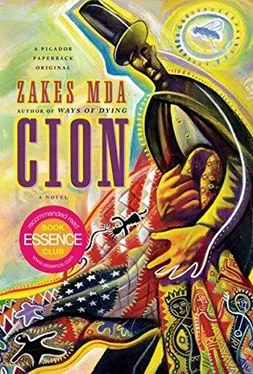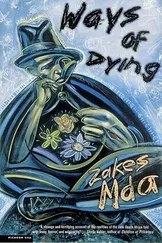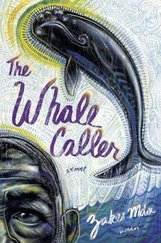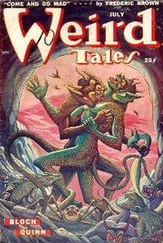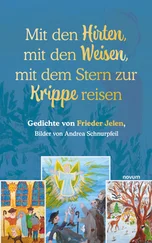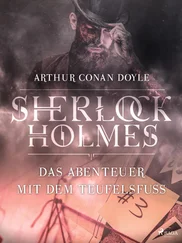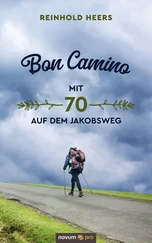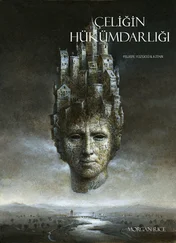Orpah came to my RV the next morning and behaved as if nothing had happened. Instead she gave me a new picture, presumably created the previous night before I spoiled the performances. It was truly an inspired piece and in my view would be even more beautiful if reinterpreted into a quilt. To my surprise Orpah did not object to the idea. If there was anyone who could make this into a quilt it would be me since I was the only one, to her knowledge, who had ever expressed an appreciation of her work. Ruth destroyed it and Obed ignored it. Mahlon did sympathize with her but never came out openly to challenge Ruth. Even though he was part of its creation since it was inspired by the memories he performed, he thought that the destruction did not matter that much because Orpah would always produce new work as long as the stories continued. For him the destruction meant the continuation of the performances. I was the only one who had defended this work publicly and had even challenged her mother about its destruction. Now that I have learned how to quilt she would allow me to render her work in fabric and found objects, provided I thought I had acquired enough skill to do so.
“Maybe now you won’t mind if I attend more of Mahlon’s performances,” I said. “That may help me understand the inspiration of your work.”
“No,” she screamed, as if I had suggested we engage in some abominable act. Her face was mapped with disgust. “They’re our memories…me and Daddy’s.”
“They must be shared, Orpah,” I pleaded. “They are too beautiful not to be shared.”
“They are our memories. They belong to me and Daddy…and to Obed when he still loved them. They don’t belong to no stranger.”
As far as she was concerned that was the end of it. But I continued to raise the matter occasionally. She was adamant that she did not want me to “mess with” their memories. I gave up, and after every few days I accepted new works from her. At least now I know where they come from and what inspires their creation.
Ruth, however, thinks I am a regular at the storytelling sessions.
“You’ve been washing the quilts?” I ask.
“I don’t wash them no more,” she says. “I just air them.”
She tells me that she used to wash the quilts using buttermilk as bleach. But now the fabrics have become too delicate. It is best to hang them on the clothesline occasionally to cut down moisture so as to preserve them for her grandchildren, which she doubts she will ever have since her children don’t seem to be prepared to settle down and be responsible family people. The children will surely be the death of her, she adds.
She stands back to admire the quilts.
“Them old-timers knew what they was doing,” she says.
Unlike the quilts that Orpah tried to make from her silly sketches, these have profound meaning. They speak a secret language. I do not want to upset her by defending Orpah’s work. I do not tell her that though I may not understand what Orpah is trying to tell the world her work is powerful enough to invoke in me strong emotions. For me that is enough.
Of course the quilts on the clothesline move me too. In a different way. Whether or not one believes that the geography of freedom is mapped on the quilts, one cannot but be moved by them, especially when they are spread out like this in the sun. Even if the Drunkard’s Path did not — according to skeptics — map out a specific zigzag path, there is no reason it would not serve as a general reminder to the escapees of the wisdom of indirect and circuitous routes. It does not matter if the codes did or did not contain specific instructions to be followed to the letter for specific escapes, and if they did not conceal actual signposts marking actual routes. It should be enough even for people like Brother Michael that these wonderful patterns, designs, stitches and knots were at one time used as celebration of escapes, or even as records of stories of escape. They were a source of inspiration for future escapes. After all, memory is what you make of it. If Ruth believes this is how it happened, then it is how it happened. Whether there is historical evidence or not that the likes of Abdenego and Nicodemus used the quilts to escape from slavery is not important. What matters is that their descendants believe that they did, and therefore they did. We all construct our past as we go along.
As for the image of the first Quigley, Lord have mercy on him, it remained intact even when she used buttermilk to wash the quilt. Even when the “old-timers” used lye soap the first Quigley stubbornly stayed where he belonged. Doesn’t that convince me that the first Quigley, Lord have mercy on him, was a man of God? He was a great prophet who used to read the future from a red scroll. He was able to decipher figures and symbols that revealed the lives of future generations. The life of the family as it unfolded was all written in the Quigley scroll. Unfortunately the scroll was buried with him.
“And no one knew a darn thing about nothing since then,” she says.
“But since we discovered his grave surely we can dig the scroll out,” I say. Of course, I am just bullshitting the dear heart.
She is greatly alarmed by my suggested sacrilege. It is unheard of to disturb the dead from their rest or to rob their graves. Her people do not behave like what she refers to as my people, the Egyptians, who have allowed wholesale robberies of the dead pharaohs. Digging out the scroll would enrage the first Quigley. He is not totally happy with the family, as it is.
“Like now he ain’t too pleased I don’t go to church no more,” she adds ruefully. “But he understands. The first Quigley, Lord have mercy on him, understands.”
“Maybe you should forgive Brother Michael and go to church,” I say. “You’re not going there for him, after all. He doesn’t own the church.”
She says she is determined to stand her ground. Brother Michael would think he has won if she went to that church. In the meantime her soul is nourished by televangelists. There are so many wonderful programs screened these days no soul needs to starve. Her favorite is one Pat Robertson. She has followed his sermons for years, even when she was still a regular at the chocolate church. What she likes most about the holy man is that he looks after the good people of America. A few days ago the holy man spoke of the wrath of God against a man called Hugo Chávez of Venezuela. She is not quite sure what this Chávez has done but Mr. Robertson has declared that he must be killed.
“He done something,” says Ruth. “Pat Robertson is a man of God. He don’t wanna kill you if you don’t do nothing bad.”
I chuckle a bit, but stop myself when Ruth looks at me disapprovingly. I don’t want her to think I am beyond redemption, but her story reminds me of a fatwa that was once issued by a powerful ayatollah for the death of a writer whose novel he did not like. Ruth’s land is the land of powerful Christian ayatollahs. Old Testament fundamentalists who serve a wrathful and vengeful God. And like all ayatollahs of the world they get their instructions directly from Him. I do not know though if anyone will carry out Mr. Robertson’s fatwa since he can’t dangle seventy-two virgins in front of the eyes of prospective executioners. His religion lacks such juicy incentives. But at a secular level oil is juicy enough.
Ruth contemplates Quigley’s image on the quilt and says, “Oh, yeah, he was a man of God. Them children are full-blooded Quigleys ’cause both me and Mr. Quigley are descendants of the first Quigley, Lord have mercy on him. But God only knows why they don’t have none of his strength, his faith, his goodness. And they don’t have none of the strength and goodness of me and Mr. Quigley neither.”
Читать дальше
